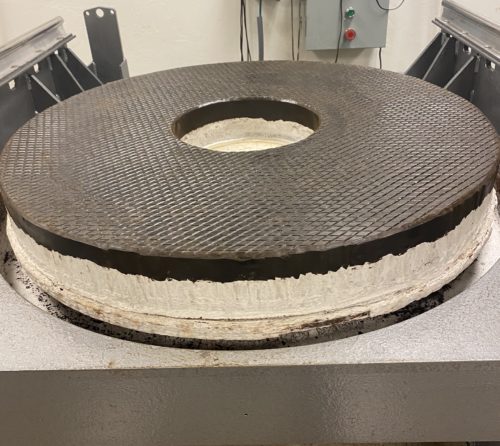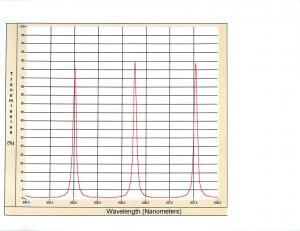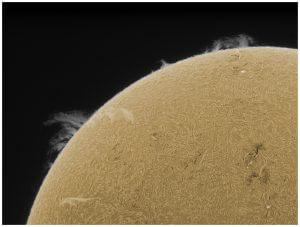The Lap: Lunt mixes a proprietary blend of Gugolz pitch for the precision polishing of our Etalon plates via our Continuous Polishing process. The pitch being poured serves as the base for the polishing process. The pitch lap will be scored into a triangular looking pattern using a metal comb by hand. The lap is…










